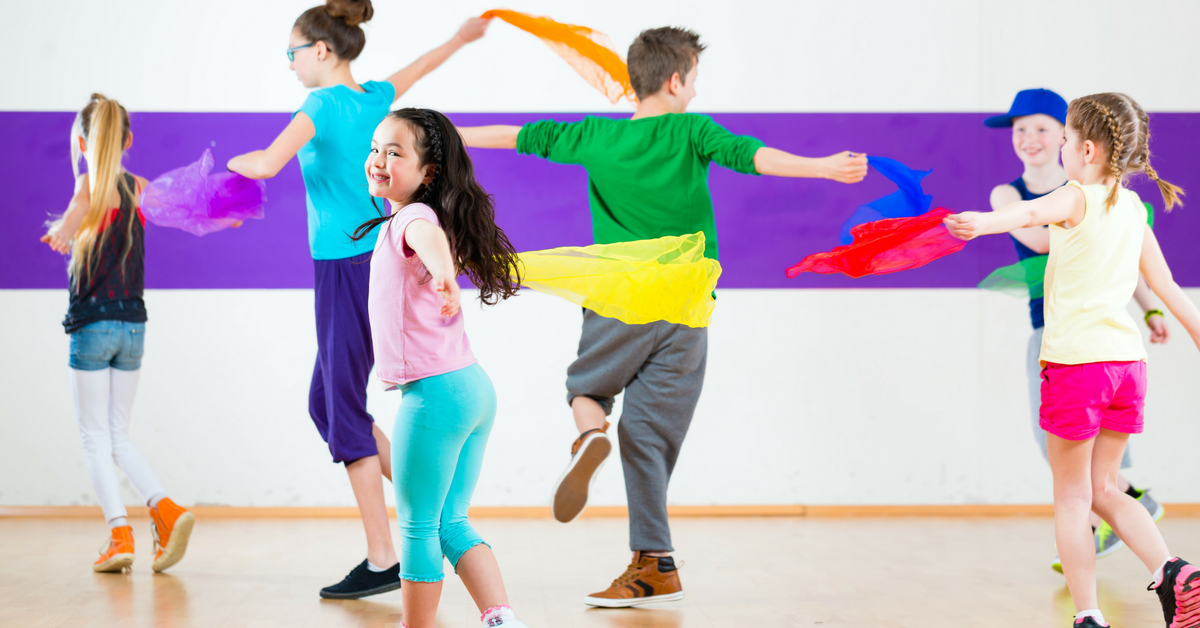Dance is a powerful tool for children’s overall development. From the moment babies hear music, their natural instinct is to move. As they grow, they begin to express themselves through movement long before they can articulate words. For young learners, incorporating dance into daily routines can offer many benefits beyond physical activity. It’s an all-around activity that engages the mind, body, and soul—and it’s best introduced at a young age.
Strengthening the Body Through Dance
Dance is fun for children and an excellent form of exercise that boosts physical development through dance. Unlike traditional workouts, dancing feels more like play, making engaging in physical activity enjoyable. Regularly dancing children develop strong cardiovascular systems, muscles, and overall endurance.
A particularly important aspect of movement and dance for preschoolers is the improvement of their posture, balance, and coordination. These physical benefits make children less prone to injury, as dancing enhances flexibility and spatial awareness. Moreover, dancing helps kids improve their rhythm and timing, and it has been shown to promote better sleep patterns, a win-win for both parents and children.
Stimulating the Mind
Beyond the physical benefits, dance profoundly affects children’s cognitive development. Many experts advocate integrating preschool dance education into school curricula because it enhances learning capabilities.
Nonprofit organizations such as Dancing Classrooms, based in New York, have advocated for dance education in elementary and middle schools. Their research highlights improved classroom performance, better grades, heightened concentration, and increased discipline and self-confidence among students who engage in regular dance programs. This shows how vital dance is for the cognitive stimulation of young minds.
Stirring the Soul
Beyond the body and mind, dance is a deeply emotional and soulful activity. It provides a non-verbal outlet for children to express their emotions and creativity. This emotional release through dance can help children process their feelings and tell their own stories.
“Dance is the hidden language of the soul.”
Martha Graham
Dance education for preschoolers introduces them to different cultural forms of expression, allowing them to experience the artistic side of movement. Whether it’s exploring traditional dances from various cultures or creating their own, children tap into their creativity and develop a sense of self-reflection and self-acceptance.
Furthermore, dancing can reduce stress and anxiety in children. When they engage in physical activity, their bodies release hormones such as serotonin, oxytocin, dopamine, and endorphins. These “feel-good” hormones help children feel calmer, happier, and more content after a good dance session.
Building Community Through Dance
In addition to personal development, dance also fosters a sense of community. When children dance together, they learn cooperation, respect, and teamwork. Group choreography teaches them to appreciate their peers and work towards a common goal, furthering their social and emotional growth.
Resources such as Moververse emphasizes these social benefits by providing programs that can be implemented in group settings, such as classroom dance sessions or collaborative performances. They help educators build stronger students and a stronger sense of community through dance.
Conclusion
Incorporating dance into children’s daily lives can offer a multitude of benefits. From physical strength and cognitive stimulation to emotional well-being and social development, dance is a well-rounded activity that supports the whole child.
If you want to introduce dance to your classroom or home environment, Moververse can help. Expertly designed dance programs and resources make it easy for educators to implement structured, engaging, and fun dance activities that can transform the learning experience for young students.

